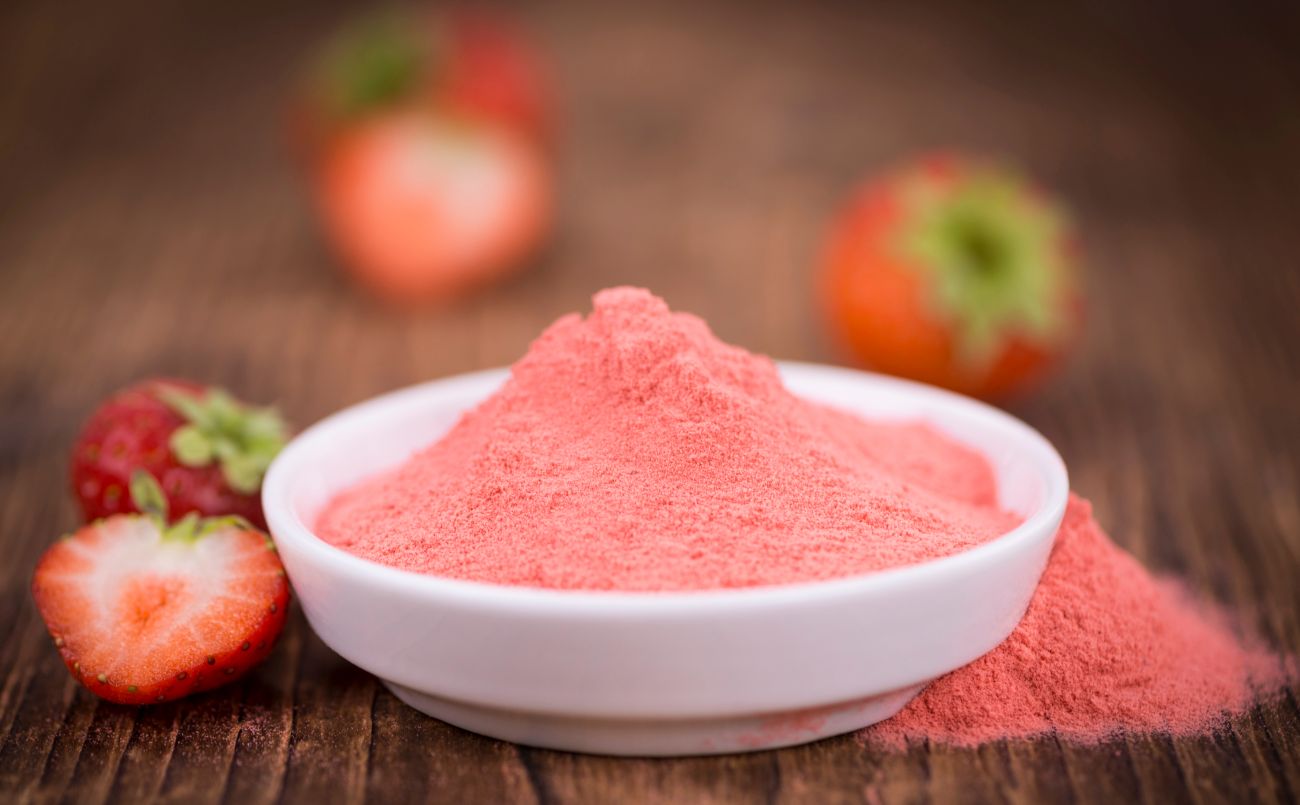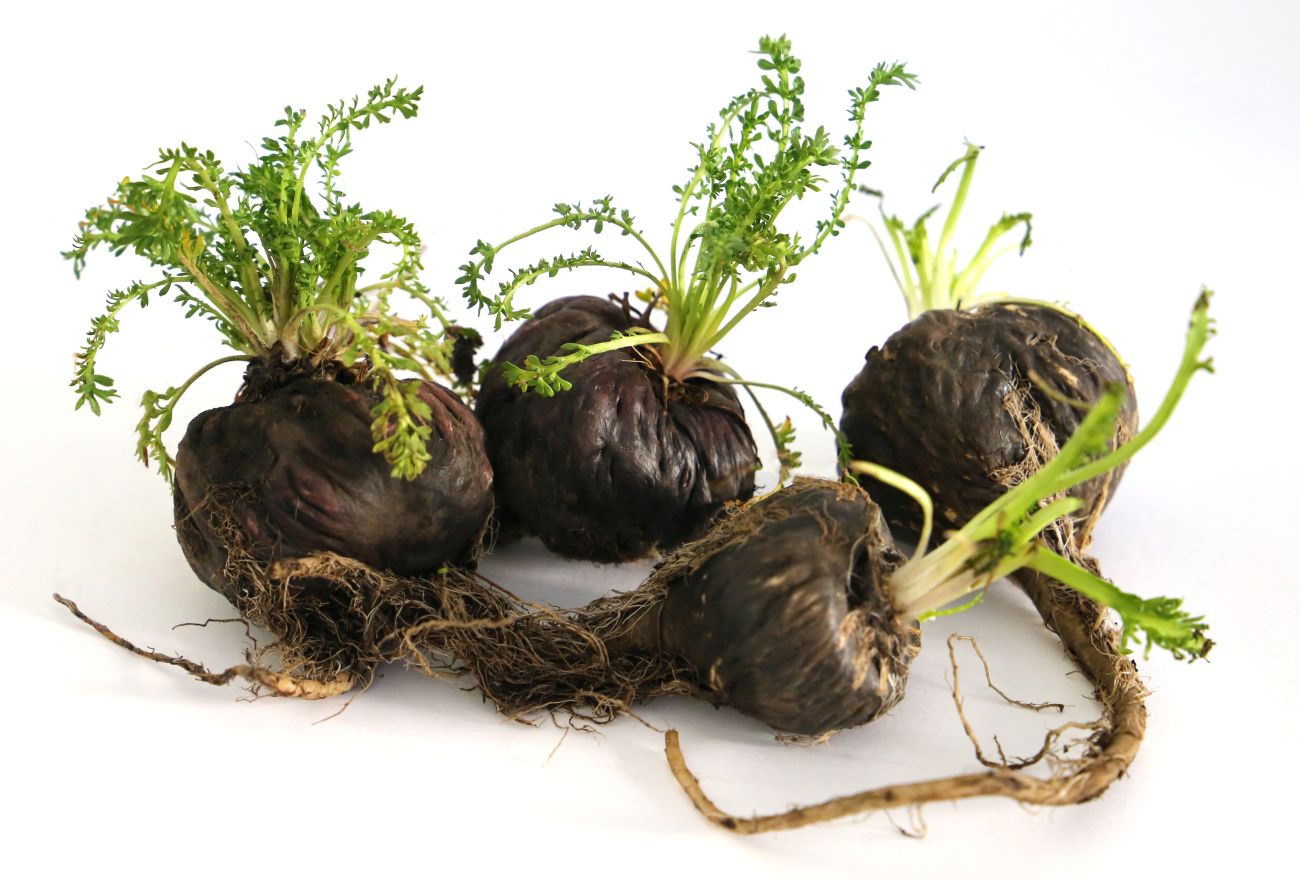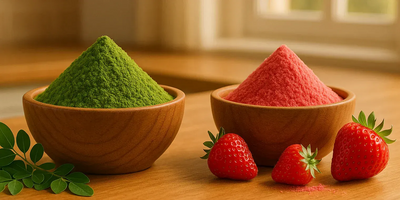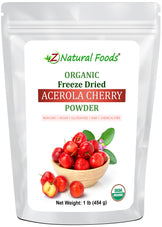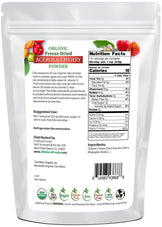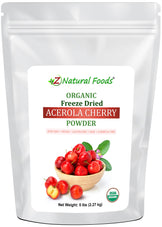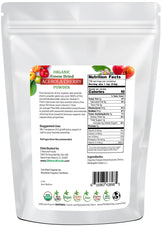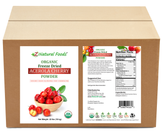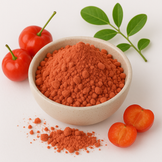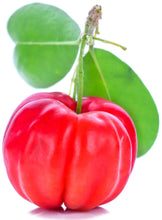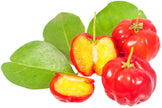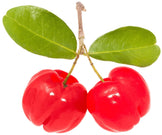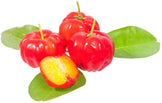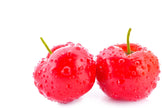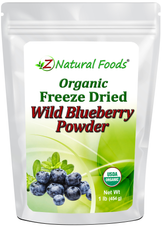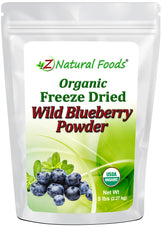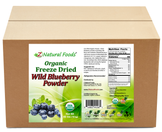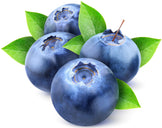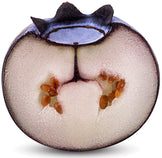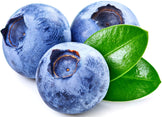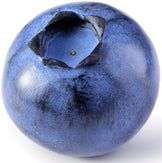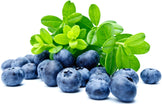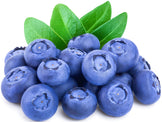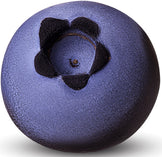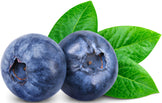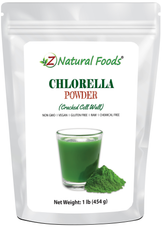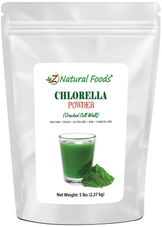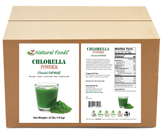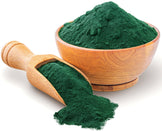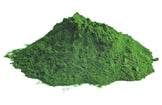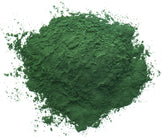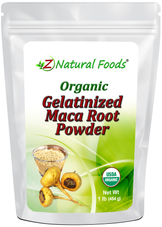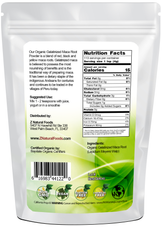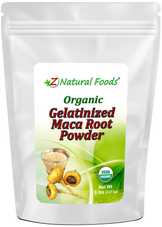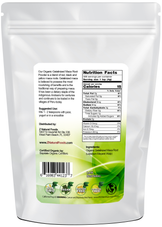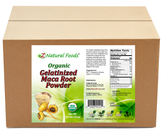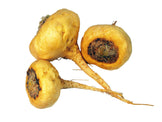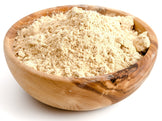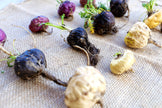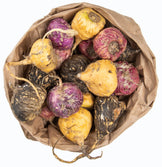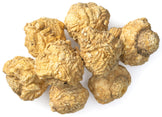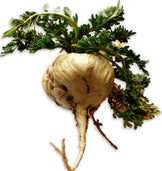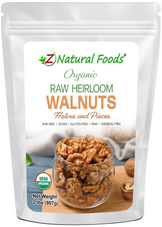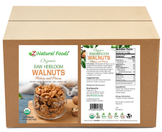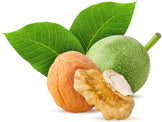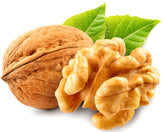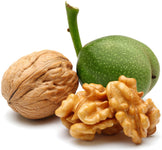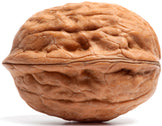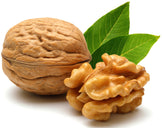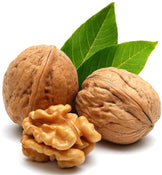Description
Description
It's not uncommon for us to field questions about slight variations in the color, flavor, and aroma of our all-natural powders - what some call "the new batch" effect.
Customers often come with certain expectations about a product's appearance, and any deviation from this can cause surprise.
Sometimes, these differences lead customers to worry that there may be a problem with the product. However, in many cases, these variations can indicate an enhancement in nutritional value, flavor, or overall quality.
It's important to understand that a product's quality and nutritional power can't be judged purely by taste, smell, or color.
We take immense pride in the quality of our powders, putting in extensive effort to ensure that each product meets the highest possible standards before it reaches our valued customers.
We're familiar with instances where customers find our powders dissimilar to ones obtained from other suppliers, or wonder why our professionally dried products look so distinct compared to the same plant in their backyards or farms.
Mike Stuchiner, our Master Herbalist, provides insightful responses to these queries below in a Q&A format. If you prefer, you are also invited to watch Mike answer these questions in his video, above.
We welcome your thoughts in the comments section or feel free to reach out to us directly.
1. Why do the products I purchase change in color?
The drying and preservation method significantly influences this.
There are several natural ways to dry and preserve foods, including low temperature, shade, air, sun, and freeze-drying.
Different foods thrive with different preservation techniques. Traditional cultures often have specific methods for preserving superfoods that are still practiced today. Additionally, modern technology has introduced advanced drying, extraction, and preservation techniques.
For example, berries benefit from freeze-drying as they perish quicker than most foods, and this method extends their shelf life significantly. Although not a traditional technique, freeze-drying helps retain more nutrients and extends the product's lifespan.
Nonetheless, the quality of the raw materials predominantly determines the final product. Even with a consistent freeze-drying method, the final product may slightly vary from the previous batch due to factors like seasonal changes or the time elapsed before the drying process begins.
The drying process involves removing water. Since water contributes to the vibrancy, color, and taste of a food, even a day's delay can result in noticeable differences.
2. Does soil fertility influence a plant's nutritional values?
To answer this, we need to consider two factors.
The first is the suitability of the soil for the food being grown. We aim to source our products from the climates where they have traditionally thrived, ensuring they have the best conditions for growth.
For example, Acerola cherries flourish in Brazil, while Maca is best grown in Peru. Foods grown in their native environments often yield the best results.
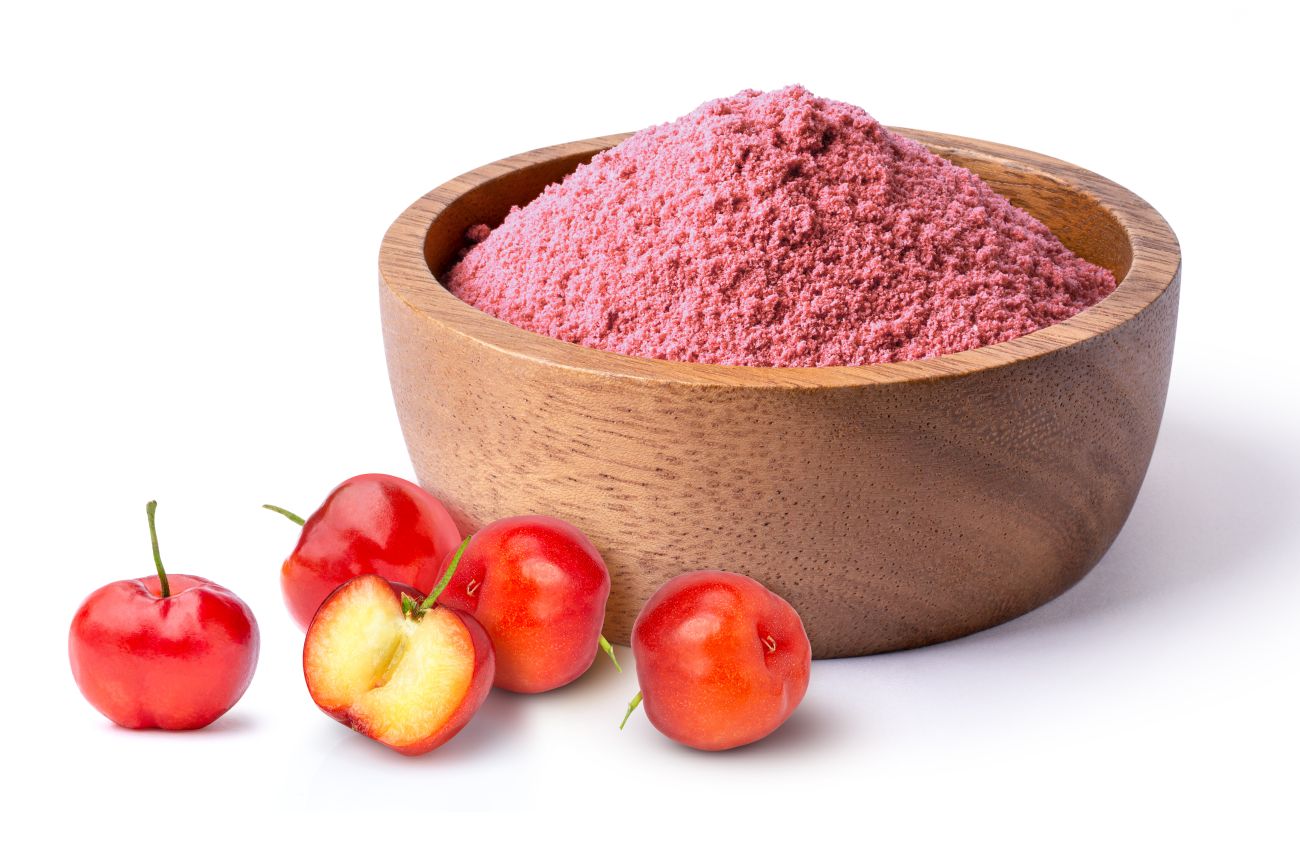
The second factor is giving the soil adequate recovery time between crops for remineralization. Traditional farming practices often involve returning non-edible parts of the plant back to the soil to nourish it, thereby ensuring healthier crops.
Even when grown in an ideal location with rich soil, each crop will yield a unique result. Extracts and juices offer a consistent way of consuming superfoods and herbs because they concentrate the active constituents present in these foods.
3. Are the nutritional values standardized?
No, we primarily offer whole food, juice, and full-spectrum extract powders, with few exceptions like curcumin and rosemary.
There are two main types of extracts - standardized and full spectrum.
Standardized extracts isolate and concentrate specific constituents, which can potentially create an imbalance.
On the contrary, full-spectrum extracts maintain the natural balance by concentrating all constituents, producing a safer, better, and more balanced end product.
The umbrella term “extract” describes various highly concentrated variations that create unique variables for how these powerful foods and herbs are potentially used for their nourishing qualities.
Some of these variables are defined in concentration levels. Full spectrum extracts concentrate a food or herb as a whole (1:1, 4:1, 10:1, 25:1 and 100:1, just to name a few), so you are getting all constituents found in that food in a highly concentrated, well-balanced manner.
Ultimately, they present a well-balanced whole food complex. While there is greater consistency from batch to batch, concentration levels may change the color and taste of the end product (specifically when comparing different extract ratios).
On the other hand, isolated standardized extracts separate and focus on a particular family of compounds. It is essential to understand that isolated standardization does not produce a well-balanced end-product but may provide a more targeted approach for the specific purpose of using that food or herb.
One of the many reasons people create standardized products is the belief that specific isolated compounds may be the reason for an herb's primary effects. Also, it is believed by some that these particular compounds are utilized by the body more efficiently in an isolated form. This information is entirely inaccurate. Many studies prove that the overall effects are better and more balanced when all constituents are present.
A great example is that curcumin (a turmeric compound) is touted as one of the most remarkable compounds for supporting a healthy inflammation response due to its unique mechanisms of action (Modulating Nuclear factor kappa B). Turmeric has been shown to support more robust and broad-spectrum benefits. Research has shown that curcumin-free turmeric extracts are as capable of supporting a healthy inflammation response.
4. How do cultivated and wild-harvested plants differ? Is wild-harvesting more potent?
Cultivated plants are grown under controlled conditions, like farmland, while wild-harvested plants grow naturally in their indigenous environments, such as rainforests or mountains.
Wild-harvested plants often display superior attributes for several reasons.
These plants are respected and preserved by local communities who value their medicinal worth. They grow when conditions are perfect, contributing to local nourishment and sometimes even providing income for the communities.
Unlike cultivation, wild-harvesting doesn't degrade the integrity of the soil or necessitate forced growth. These plants are highly adaptable to their native surroundings, producing excellent end products. However, properly cultivated plants can also yield nutrient-rich food, provided the soil and land are respected and the plant is native to that area.
For example, South Korea employs advanced cultivation methods to grow chlorella in sealed, purified stainless steel tanks.
This process results in a highly pure, clean, and palatable chlorella powder, a prime example of technology enhancing cultivation.
5. Why might cultivation decrease nutrient values?
This depends primarily on two factors: the way the farmers treat the soil and whether the plant is native to the area in which it's grown. When these two aspects are considered, there is a reduced risk of nutrient value loss.
For instance, certain cultivation techniques used for growing algae like chlorella result in a cleaner, safer, and more nutrient-rich final product.
6. Yes, size does matter
This is especially true when looking at a unique factor that may affect changes from batch to batch.
Particle size is one of the most under-discussed factors regarding taste, texture, and aroma differences between batches.
With superfood powders, clumping is always a potential issue.
Foods with a higher propensity for clumping may see an effect on the end product’s taste and smell. Because clumping creates larger particles, you may notice a more dull taste and smell at the onset.
Smaller particles release on your taste-buds and senses much faster. Take note of what happens seconds after the clump dissolves in your mouth.
I think you will notice it provides your taste-buds and senses with the delicious flavor and vibrant smell you hoped for. So, in the end, larger particles formed during clumping may cause (at the onset) a less vibrant taste and a silky smooth feeling on the tongue.
In conclusion:
In our current world, we need to make the most of what we have. That's why sourcing plants from both wild-crafted and cultivated sources is currently the most effective strategy for optimal adaptation.
Fortunately, advancements in science and technology, often propelled by pharmaceutical companies, have given us tools to study, extract, and produce cleaner, more potent food and plant medicine. This has enabled us to maximize the benefits of these natural resources.
As we become more respectful of the soil's microbiome and develop a deeper understanding of life's symbiosis, we're transitioning from a reductionist health approach to a more holistic one. The future might be brighter than we think.
At the end of the day, we should hold both the food we eat and the land it's grown on in high regard. Nature has gifted us these extraordinary medicinal foods that support our bodies' ability to heal themselves.
While technology has allowed us to better understand plants and improve the final product, we must also remember that if a plant is created in a perfect, balanced form, it is best used as it is.
To your health,
Mike
About Michael Stuchiner Michael Stuchiner is an experienced Master Herbalist, the Head of Education for Z Natural Foods, a teacher and an accomplished author. With a 16-year specialization in medicinal herbs, Mike also has a vast knowledge in tonic and adaptogenic herbalism. Mike has enjoyed a 25-year career as an elite-level competitive powerlifter where he learned to heal his ‘mind and body’ as an avid user of herbal remedies.
Michael Stuchiner is an experienced Master Herbalist, the Head of Education for Z Natural Foods, a teacher and an accomplished author. With a 16-year specialization in medicinal herbs, Mike also has a vast knowledge in tonic and adaptogenic herbalism. Mike has enjoyed a 25-year career as an elite-level competitive powerlifter where he learned to heal his ‘mind and body’ as an avid user of herbal remedies.
As an “in-the-trenches” herbalist, Mike has done more than 85 speaking engagements, consulted with clients ranging from young to elderly, worked with athletes in virtually all sports and with clients who have “dis-ease” states of a wide variety. Mike also mentors student Master Herbalists and will continue to teach the next generation to grow a deeper wisdom of the human body through appropriate herbal remedies.
For Bulk inquiries and custom formulations click here: https://www.znaturalfoods.com/pages/bulk
